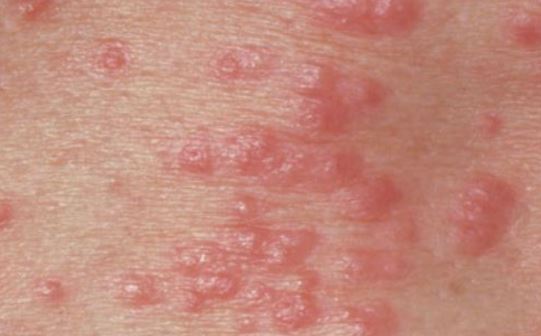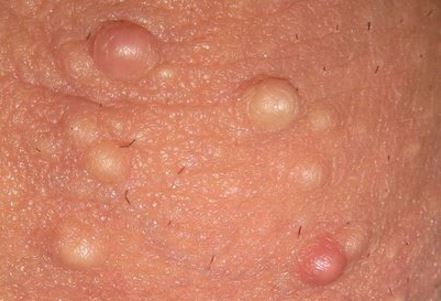
Factors that are thought to play a role include: Researchers aren’t sure of the exact cause of seborrheic dermatitis. What are the causes of seborrheic dermatitis? What aggravates it? Inflamed hair follicles on your cheeks and the upper half of your trunk.Redness in the folds and creases of your genitals, armpits and beneath your breasts.Flaky patches on your chest and at your hairline that are shaped like a flower petal or a ring.Pinkish plaques (thick skin) of scales on both sides of your face.Blepharitis (scaly redness on the edges of your eyelids).Cradle cap shouldn’t itch, but scratching may cause additional inflammation in the area and break the skin, leading to bleeding or mild infections. Crusty yellow scales on infants’ heads (cradle cap).When scratched, the flakes come loose, mix in with your hair, or fall onto your neck and shoulders.
Tiny balls on scalp skin#
Itchy white flakes of skin on your scalp (dandruff).What are the symptoms of seborrheic dermatitis? You’re also more prone to seborrheic dermatitis if you take these psychotropic medications: If you have these health issues, you’re more prone to seborrheic dermatitis: If you live in a dry, cold region, the weather doesn’t cause the seborrheic dermatitis, but it does make it worse. A history of psoriasis in your family makes you vulnerable as well. If you are born with naturally oily skin, you are more likely to get this type of dermatitis. It is more common in men than in women, and in Caucasians more than African Americans. It occurs most often in infants younger than three months old and in adults ages 30 to 60.

Who gets seborrheic dermatitis?Ībout 11% of the population has seborrheic dermatitis.

Seborrheic dermatitis is a lifelong condition that appears, disappears with treatment, and flares up from time to time. These are areas with the most sebaceous (oil) gland activity: your upper back and chest, face/forehead, the creases at the base of your nose, behind your ears, navel (belly button), eyebrows, under your breasts and in the creases/bends of your arms, legs and groin. Seborrheic dermatitis can occur in other areas of your body. “Seborrheic” refers to the “sebaceous” glands while “derm” means “skin.” It’s called “dandruff” ( pityriasis capitis) when it’s on a teenager’s or adult’s scalp, and “ cradle cap” when it’s on a baby’s. This type of dermatitis causes itchy red patches and greasy scales on your skin along with white or yellow crusty or powdery flakes on your scalp. Seborrheic dermatitis is a common, noncontagious, easy-to-manage skin condition.


 0 kommentar(er)
0 kommentar(er)
